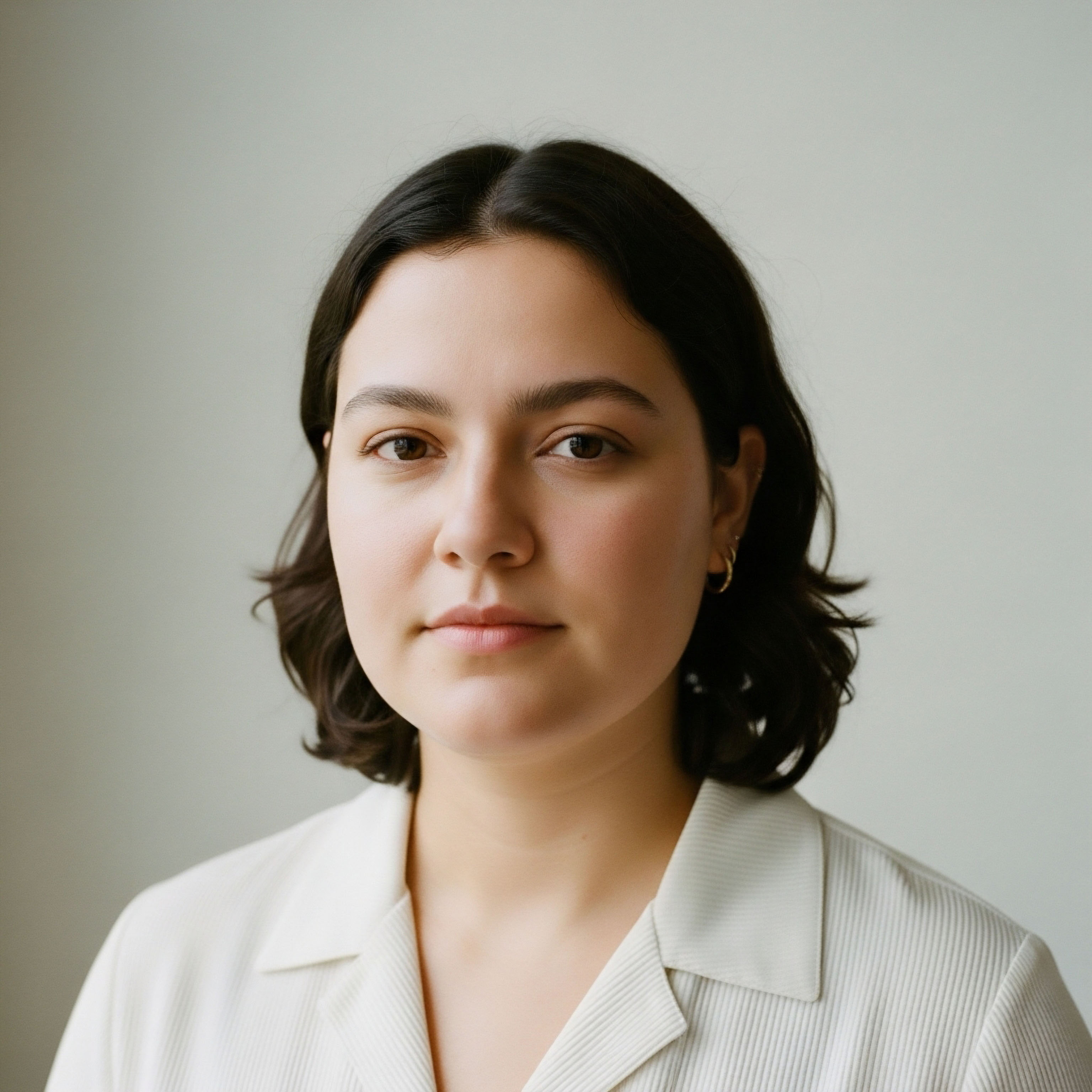

The Cellular Contract for Growth
Muscle growth is a direct conversation with your DNA, a response to a clear physical demand. When subjected to sufficient mechanical tension, muscle fibers sustain micro-trauma. This disruption is the signal, the stimulus that initiates a cascade of biological events designed to rebuild the tissue stronger and more resilient than before.
It is a fundamental process of adaptation, a physical manifestation of the body’s prime directive to overcome and dominate its environment. The entire process is a precise, calculated response governed by an internal chemical language.

The Anabolic Signaling Cascade
At the heart of this adaptation is the activation of specific signaling pathways. The primary pathway governing muscle protein synthesis is the mTOR (mammalian target of rapamycin) pathway. Triggered by resistance exercise and sufficient amino acid availability, mTOR acts as the master regulator, instructing the cellular machinery to accelerate the rate of protein synthesis.
This process involves translating genetic code into new contractile proteins, primarily actin and myosin, which are then integrated into existing muscle fibers, increasing their cross-sectional area. This is hypertrophy at its most basic level ∞ a direct increase in the size of the muscle cell.

Satellite Cell Activation
For long-term growth and repair, the body engages its resident muscle stem cells, known as satellite cells. These cells lie dormant on the periphery of muscle fibers until they are activated by the stress of intense exercise. Once activated, they proliferate and donate their nuclei to existing muscle fibers.
This is a critical step. Since the nuclei within a muscle cell are responsible for producing the genetic templates for new proteins, adding more nuclei ∞ a concept known as myonuclear domain expansion ∞ enhances the fiber’s capacity for sustained growth and repair. It effectively upgrades the cell’s manufacturing capacity.


The Endocrine Control System
The signaling for muscle growth is mediated and profoundly influenced by the endocrine system. Hormones function as chemical messengers, binding to specific receptors on or within target cells to initiate physiological changes. In the context of muscle hypertrophy, specific anabolic hormones are the primary drivers that amplify the signals initiated by mechanical stress.
Mastering your inner chemistry means understanding and optimizing the output and sensitivity of these key hormonal systems. The balance and interplay between these molecules dictates the efficiency and magnitude of the anabolic response.
The balance between protein synthesis and degradation is a critical determinant of muscle cross-sectional area. Anabolic hormones stimulate human muscle growth mainly by increasing protein synthesis or by decreasing protein breakdown.

Key Anabolic Agents
The hormonal environment determines the potential for muscular adaptation. While many hormones are involved, a few key players are responsible for orchestrating the majority of the anabolic response to training.
- Testosterone: This is the principal androgenic hormone and a powerful regulator of muscle mass. Testosterone binds to androgen receptors within muscle cells, directly stimulating protein synthesis pathways. It also plays a role in the activation of satellite cells and can influence the release of other anabolic hormones, such as growth hormone. The testosterone-to-cortisol ratio is a significant biomarker, with a higher ratio favoring an anabolic state conducive to growth, while a lower ratio signals a catabolic state.
- Growth Hormone (GH) and IGF-1: Growth Hormone, released from the pituitary gland, exerts many of its anabolic effects indirectly by stimulating the liver and other tissues to produce Insulin-like Growth Factor 1 (IGF-1). IGF-1 is a potent stimulator of both muscle fiber hypertrophy (increase in size) and hyperplasia (increase in number), and it activates the crucial PI3K/AKT signaling pathway, which is a direct upstream activator of mTOR. Exercise itself can induce the synthesis of a localized form of IGF-1 within the muscle, known as mechano-growth factor, providing a targeted growth signal precisely where it’s needed.
- Insulin: While often associated with metabolism, insulin is a powerful anabolic hormone. Its primary role in muscle anabolism in adults is the inhibition of protein breakdown. By suppressing catabolism, insulin creates a permissive environment for the net accretion of protein, especially when amino acid availability is high, such as in the post-exercise period. It works synergistically with other growth factors to shift the protein balance toward a positive state.


The Cadence of Physiological Remodeling
The process of muscle growth operates on multiple timelines, from the immediate biochemical response to long-term structural changes. Understanding this cadence is essential for structuring training and recovery to maximize adaptation. The body’s response is not a single event but a continuous cycle of stimulus, repair, and overcompensation. Aligning lifestyle factors with these biological windows is the strategic application of this knowledge.

The Acute Response Window
In the immediate aftermath of a resistance training session, a specific biochemical environment is created. The acute post-exercise period, lasting for several hours, is characterized by a temporary increase in muscle protein synthesis.
While research has shown that the transient spike in anabolic hormones like testosterone and growth hormone during this window is not the primary driver of long-term hypertrophy, the muscle’s sensitivity to other anabolic signals, particularly amino acids and insulin, is heightened. This period represents a critical opportunity to supply the raw materials ∞ namely, sufficient protein ∞ to capitalize on the elevated rate of protein synthesis and initiate the repair process.

The Chronic Adaptation Phase
True, measurable hypertrophy is the result of consistent stimulus over weeks and months. This is the chronic adaptation phase, where the cumulative effect of repeated training sessions and adequate recovery leads to structural changes in the muscle. It is during this phase that the baseline hormonal environment becomes paramount.
Sustained, optimized levels of key anabolic hormones like testosterone provide the constant systemic support needed for the processes of satellite cell incorporation and myonuclear accretion. This long-term hormonal landscape, combined with a persistent training stimulus and a positive net protein balance, is what transforms the acute, transient responses into permanent increases in muscle size and strength.

Your Biological Signature Redefined
The human body is a system of inputs and outputs, a biological machine awaiting precise instruction. The signals for muscular adaptation are clear ∞ mechanical load, metabolic stress, and the chemical messengers that command the response. To consciously direct this process is to move from being a passenger in your own biology to being the operator.
Mastering this internal chemistry is the ultimate act of self-authorship, sculpting your physical form by taking deliberate control of the invisible forces that govern it.



